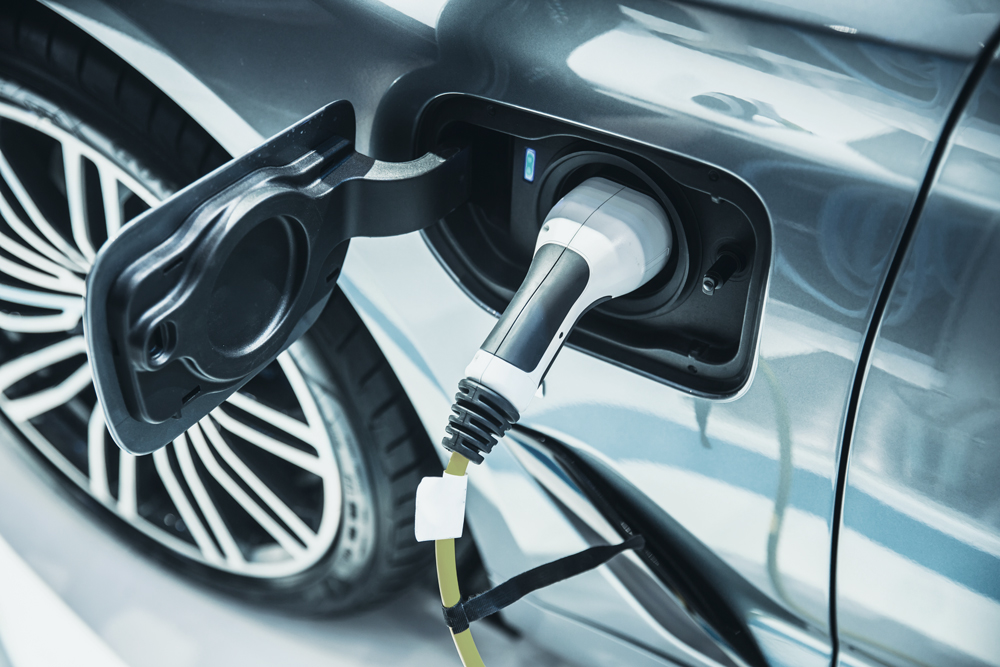
The rapid rollout of electric vehicle chargers has the potential to impact both the maximum incoming power capacity and the electricity bill for buildings or locations with multiple chargers. By using energy storage that allows for smart interaction with EV chargers we can address these issues.
The installation of multiple EV chargers in parking lots and office buildings often poses challenges due to the increased peak power, which can exceed the grid connection capacity of the building. To address this, the feed to the building may need to be upgraded, incurring significant costs for the distribution system operator (DSO) and consumers. The demand charge for the building, based on the highest average power over a short time period, can also have a significant impact on the electricity bill. In addition, EV charging tends to occur during high-demand, high-priced times of the day.
Participate in the energy flexibility markets, such as demand response programs and frequency regulation, to monetize the system’s flexibility for additional revenue streams
A modular BESS with smart functionality
To tackle these challenges you can use energy storage systems that allows for smart interaction with EV chargers. Energy storage systems can keep peak power down, potentially avoiding the need for costly grid upgrades and minimizing the impact of demand charges. They also allow for the purchase of power during low peak hours and use in the evening when demand is higher, as well as the utilization of excess solar energy.
Reduce energy cost and unlock new revenue streams
The Pixii battery energy storage system offers a flexible solution for enabling efficient and cost-effective EV charging in parking lots and office buildings. It is modular, allowing for seamless scalability to meet your specific needs, and has a range of smart functions to optimize energy usage.
These functions include peak shaving, which reduces demand charges and shifts power dependency from the grid to the battery to shave peaks in power consumption, and arbitrage, which supports loads from the battery when electricity rates are high and charges the battery when rates are low. The system also enables PV self-consumption, allowing businesses to get the most out of their solar investments and reduce their dependency on the grid.
In addition, businesses can participate in the energy flexibility markets, such as demand response programs and frequency regulation, to monetize the system’s flexibility for additional revenue streams.